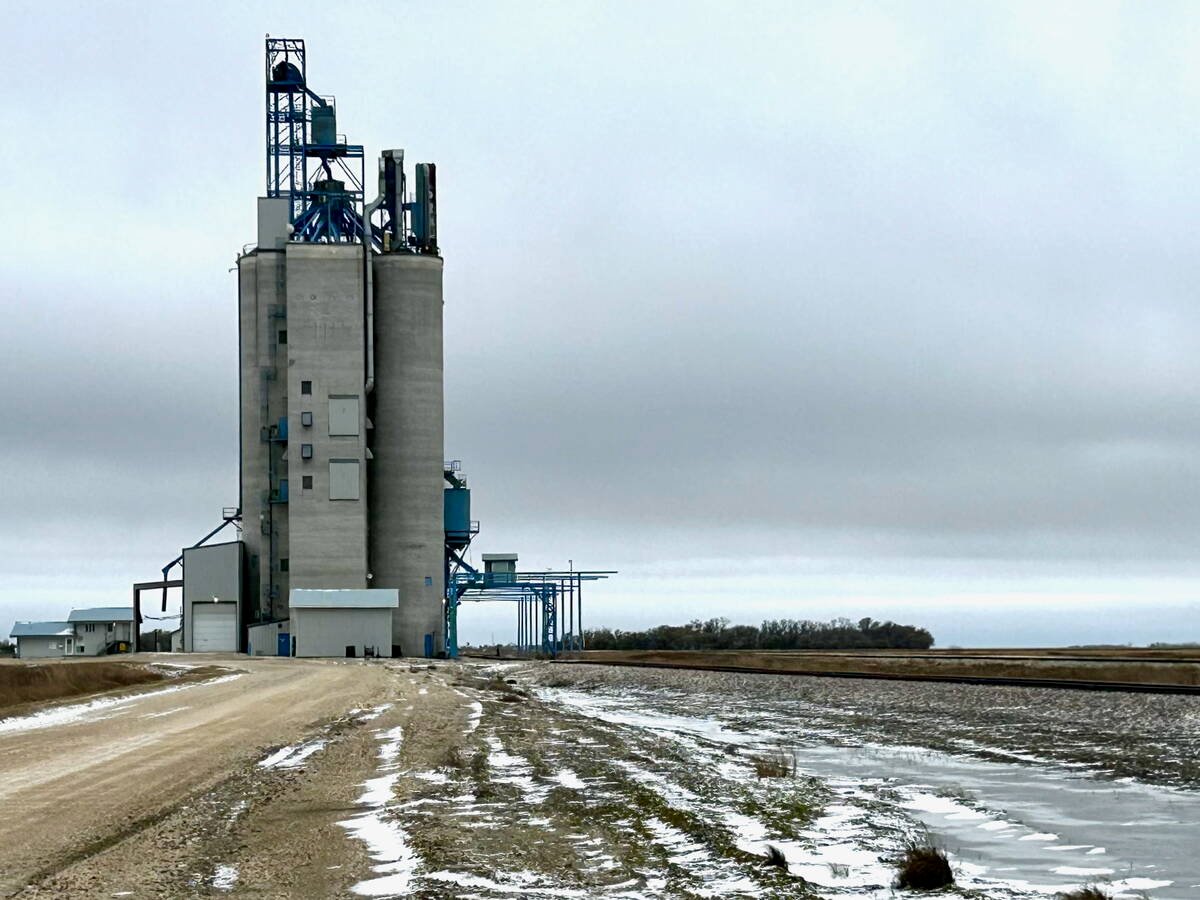Careful tillage can prevent issues with soil compaction, says researcher
Tillage destroys soil structure, which is the No. 1 defence against soil compaction for farmers, says an American researcher.
Jodi Dejong-Hughes, who studies soil compaction at the University of Minnesota, told the recent CropSphere conference in Saskatoon that soil with good structure can carry greater loads. That’s because small pieces of soil bound together with organic material act like mini-columns that help support weight.
She said farmers who are going to break up compaction mechanically need to know where the compaction begins and ends, which they can do by digging pits in the soil.
Read Also

Manitoba grain elevator ownership expands
Carman-based Linear Grain buys Fannystelle elevator from Bunge, another three elevators sold to Morden’s BP & Sons Grain and Storage Inc.
“Look and see if the roots are having trouble because that’s what you’re trying to help,” she said.
“If they seem to be taking an L there, or get thin after that area, you have a compaction problem.”
Farmers can then set the depth on their tillage implement to just below the compaction zone, but they shouldn’t go deeper then necessary.
“If you go in there too deep, you’re just setting yourself up for more compaction because the No. 1 defence against compaction is soil structure,” Dejong-Hughes said.
Wider tires and lower tire pressure can also help reduce compaction, but it’s important to reduce compaction enough so that normal management can deal with it.
Sometimes compaction continues to occur deeper than the till zone, even with wide tires and low tire pressure.
Dejong-Hughes then suggests producers consider a controlled traffic system where they limit compaction to tracks and small areas.
“A misconception about soil compaction is that you should spread out the compaction because 80 percent of the compaction happens in the first pass,” Dejong-Hughes said.
“(It’s important to) get it down to workable compaction or go to controlled compaction: keep tires thin and high and make roads.”
She said it’s a myth that the freeze-thaw cycle will break up compaction.
It may have been true in the past when agricultural equipment had much lower axle weights, but implements such as grain carts now have more than 40 tonnes an axle load, which means compaction is going much deeper.
The freeze-thaw cycle does not have a significant effect on that, she added.
Wetting and drying cycles play a significant role in managing soil compaction. Cracks that appear in the soil when land dries in the summer can be more than a metre deep, which will break up compacted layers.
Dejong-Hughes said developing soil that can carry greater loads is a better long-term management technique to deal with soil compaction than ripping it out after it occurs.
As well, a diverse crop rotation helps build soil organic matter and soil structure because of different root systems and the residue patterns of different crops.
robin.booker@producer.com















